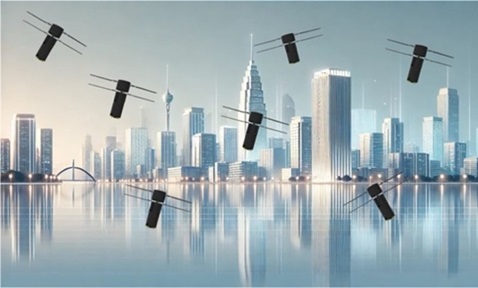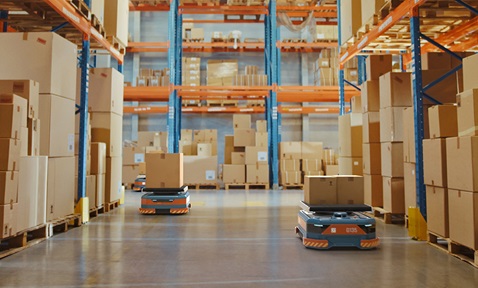
High-Fidelity Teleoperation for Diverse Vehicles and Machines
Synopsis
The market for high-fidelity teleoperation technology for vehicles and machines is projected to reach USD 172 billion by 2032. With low latency, wide field-of-view and smart assistance features, this technology enhances safety and efficiency in logistics and autonomous industries, making it ideal for manufacturers integrating autonomous functions.
Opportunity
The global teleoperation and telerobotics market, valued at USD 40 billion in 2022, is expected to grow at a CAGR of 15.6% to reach USD 172 billion by 2032. This growth is driven by applications in space exploration, Industry 4.0, and IoT technologies. Teleoperation is critical for real-time decision-making in distant robotics operations but faces challenges like security vulnerabilities and limitations in sensory feedback, impacting task performance precision.
Technology
Autonomous systems are designed to save manpower but face limitations in technology maturity, necessitating the need for a safety driver onboard. This challenge impedes the widespread deployment of autonomous systems across various business applications. In industries such as firefighting or waste processing, where human agility is essential, hazardous worksites present additional barriers. Addressing these limitations, this technology offers a high-fidelity teleoperation solutions platform designed to control multiple types of vehicles and machines with high-quality image and low latency. The solution caters to autonomous vehicle and machine companies seeking to commercialise autonomous fleets without onboard safety drivers and heavy machine providers seeking to eliminate operators from potentially harmful worksites.
Key features of the current system include:
Low end-to-end latency (<200 ms)
Low bandwidth requirements (compatible with 4G, 5G and long-range Wi-Fi)
Wide field-of-view natural visual feedback with real-time video stitching
Smart assistance features and multiple camera views in picture-in-picture mode for enhanced operational with ease and safety
Motion and haptic feedback for improved situational awareness
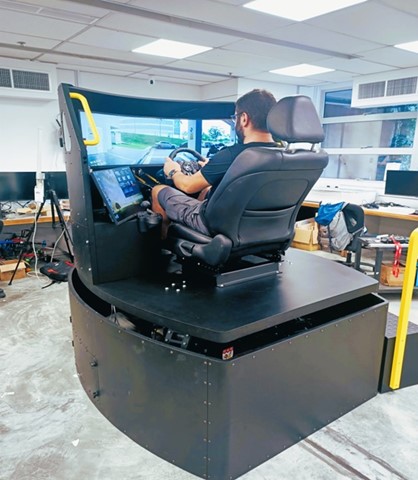 Figure 1: World’s first high-fidelity tele-drive.
Figure 1: World’s first high-fidelity tele-drive.
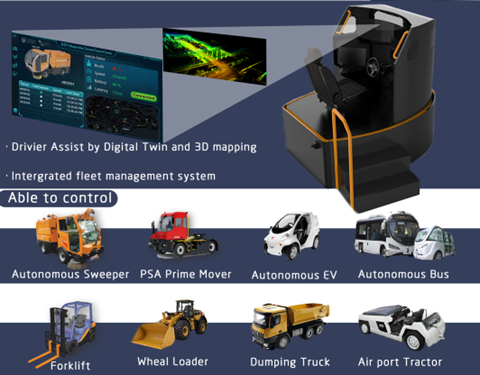 Figure 2: Core technologies and tele-driving of multiple vehicles.
Figure 2: Core technologies and tele-driving of multiple vehicles.
Applications & Advantages
Applications
Teleoperation of autonomous electric vehicles (EVs)
Teleoperation of airport vehicles
Teleoperation of street sweepers
Teleoperation of prime movers
- Teleoperation of engineering machinery (such as forklifts and excavators)
Advantages
Compatible with 4G, 5G or long-range Wi-Fi
Wide field-of-view natural visual feedback with real-time video stitching
Smart assistance features and multiple camera views in picture-in-picture mode for enhanced operations with ease and safety
Visual system incorporates smart assistance features, simplifying teleoperation
Provides vehicle motion and haptic feedback synchronised with the video stream to improve teleoperator judgement and prevent motion sickness
Multiple customisable buttons and controls to adapt to various vehicle types and functions
Capable of monitoring and controlling multiple vehicles simultaneously




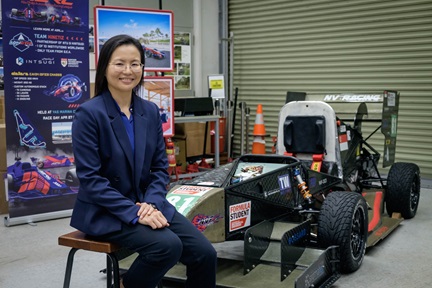

.tmb-listing.jpg?Culture=en&sfvrsn=b5366f51_1)
.tmb-listing.jpg?Culture=en&sfvrsn=3b74ec1c_1)
